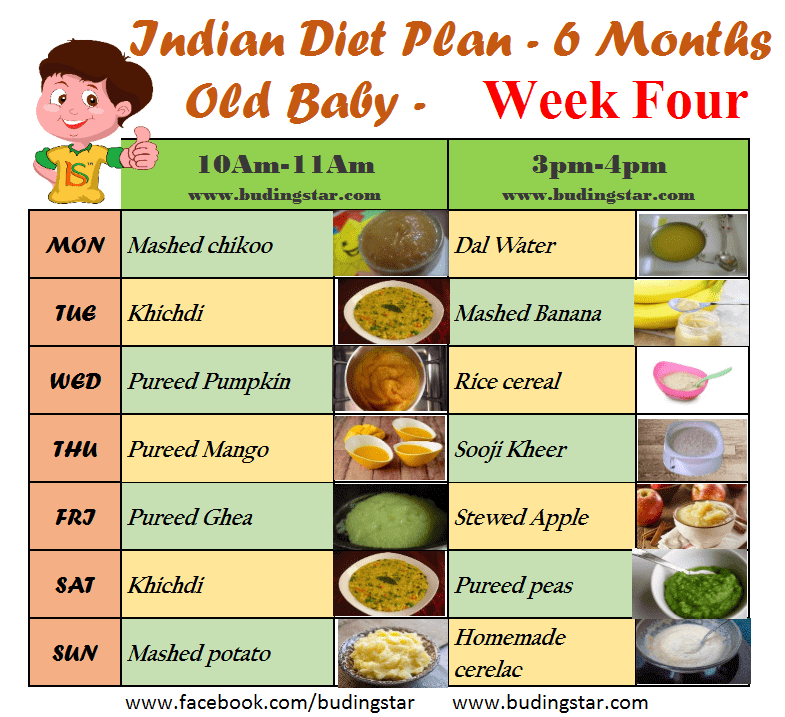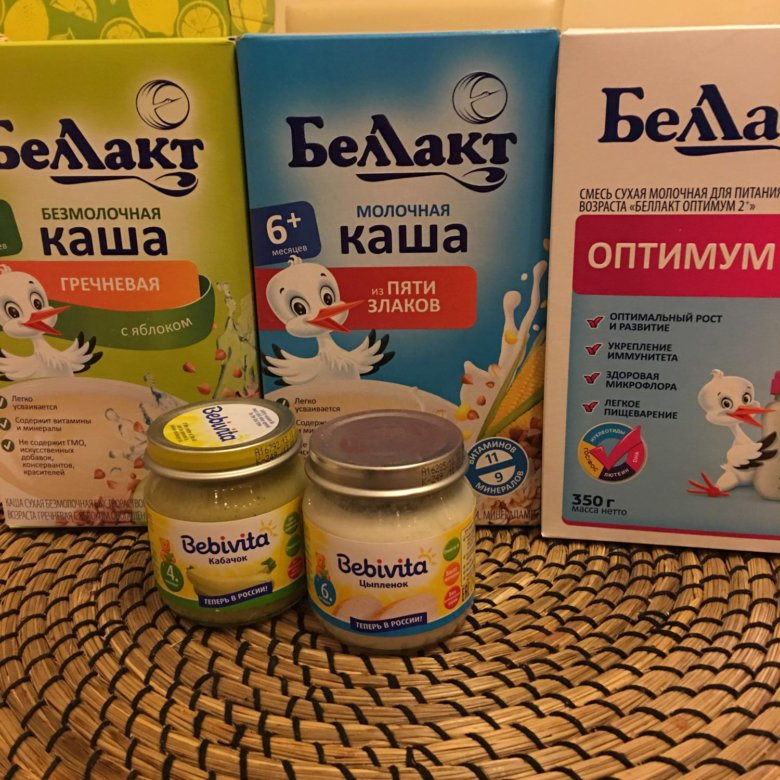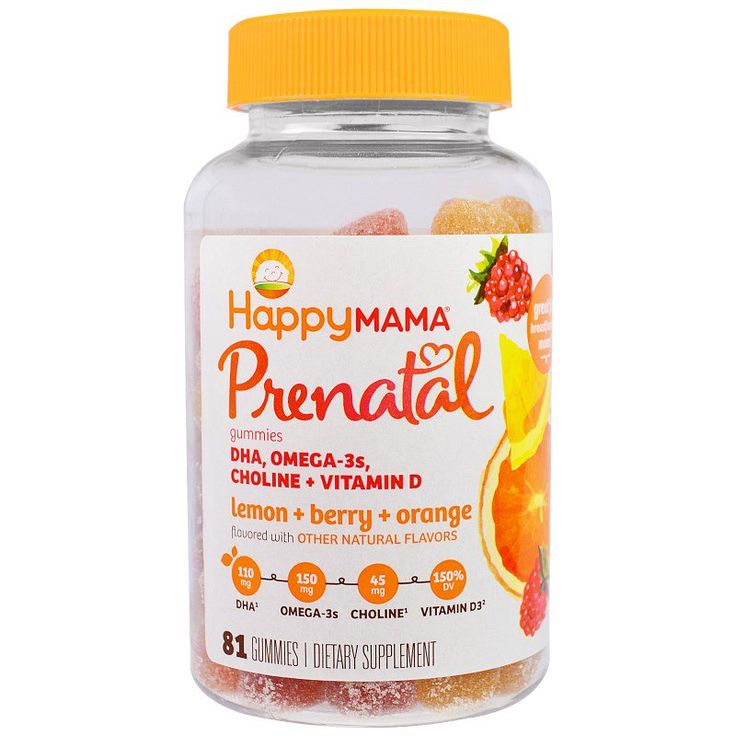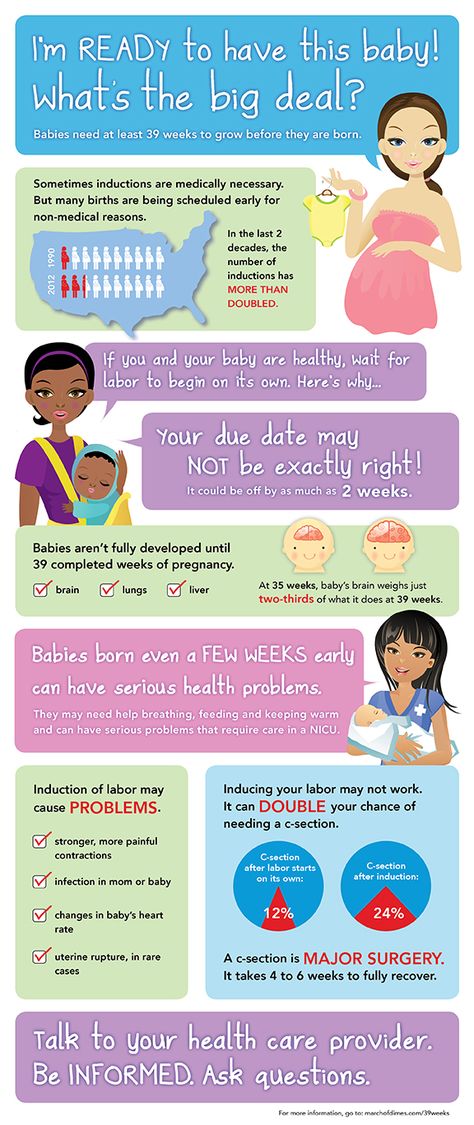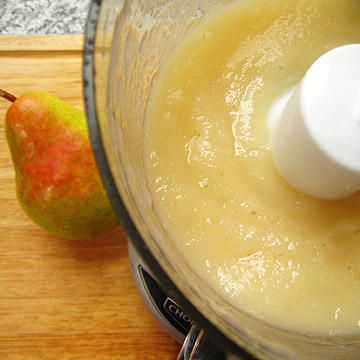How often to feed baby turtles
Just How Much Food Should I Feed My Turtle?
Your turtle keeps begging, and you keep feeding. Your head starts to wonder, “Just how much food should I feed my turtle?!” Here’s the answer.
You should feed your turtle one cup of food every day or every other day. I recommend you feed your turtle a combination of pellets, vegetables, and insects.
Generally speaking, younger turtles under the age of 5 should be fed every day, while turtles over the age of 5 should be fed every other day.
How Many Pellets Should I Feed My Turtle?I made this a separate section because I feel with pellets most people just don’t know how many to give to their turtles.
There are 2 popular theories about how much food (pellets in this case) to feed a turtle:
- Feed them as much as they can eat in 15 to 20 minutes.
- Give them enough food that would fit inside their head, if it were completely empty.
If you are interested in buying pellets for your turtle, I recommend checking out this cheap turtle food.
My Recommended Turtle Food
Below are my top choices for turtle food. They are all under $15.
My Top Pick Tetra Tetrafauna Pro Turtle Food | Price: ~$10 Nutrition: High Protein and Vitamin D3 | Check Price On Amazon | |
| Aquatic Turtle Medley Food - Freeze Dried Shrimp & Mealworms for Aquatic Turtle | Price: ~$15 Nutrition: High Protein and Fiber | Check Price On Amazon | |
| Fluker’s Buffet Blend Turtle Food | Price: ~$8 Nutrition: High Protein and Vitamin A | Check Price On Amazon | |
| Zoo Med Natural Aquatic Turtle Food | Price: ~$15 Nutrition: High Protein and Vitamin C, D3, E | Check Price On Amazon |
If you want to feed pond turtles, you should check out my article what do pond turtles eat?
How to feed a turtle?Below is the easiest way to feed a turtle:
- Put a bunch of pellets into a plastic bag (like you would use for a sandwich), then squeeze the end and twist a bit so that it resembles your turtle’s head.

- Put it up close to your turtle’s head to see how much bigger or smaller it should be.
- After you get the correct size, measure it using a teaspoon, tablespoon or measuring cup.
- This will get you the exact amount you should feed.
For most people, this will work out to a few teaspoons or tablespoons.
The first popular theory, that you should feed turtles as much food as they can eat within a span of 15 to 20 minutes, has a big problem in my opinion.
And that is how easy it is to overfeed your turtle using this method.
Can you overfeed a turtle?
Yes, it is certainly possible to overfeed a turtle. It can happen quite easily because turtles can become experts at begging for food.
Overfeeding your turtle is one of the worst things you can do for its health.
The thing is, a lot of turtle owners don’t know that they are overfeeding their pets because it seems like they are always hungry.
They don’t realize that turtles are opportunistic feeders that will eat as much as they can when given the opportunity because, in the wild, their next opportunity might not come for a long time.
Your turtle is smart, believe it or not. It will eventually associate you with food. When it sees you, it’s little lizard brain sends a signal that says “food!”, whether or not it is actually hungry.
You will need to ignore this type of behavior in the long-run if you want your turtle to stay healthy.
No matter what type of food you are feeding your turtle, it is important to have a high power filter that can eliminate their waste after they poop. You can learn more on my article about the best filter for turtle tank.
If you are afraid that your turtle might be eating too much, you should try to counter this by encouraging them to exercise more. An easy way to do this is to add ornaments to your turtle tank. I recommend checking out some of these cool ornaments that your turtle can climb on.
Freeze Dried Shrimp & Mealworms for Aquatic Turtle
How Many Vegetables Should I Feed My Turtle?Now that you know how many pellets you should feed, let’s get to the other stuff now.
Remember, you shouldn’t feed an adult turtle pellets every single day.
How much and how often you should feed them depends on when they reach maturity.
When do turtles reach maturity (adulthood)?
For most turtles, this is between the ages of 5 and 8.
If you have a red-eared slider, you should check out my guide on the perfect red eared slider diet.
How often do you feed a turtle?
Now that you know how much to feed your turtle. you are probably wondering how often should you feed your turtle.
In general, it is best to feed your turtle every day or every other day. However, the exact answer depends on the age of your turtle. Here are some good rules of thumb for frequency of feedings:
- Feed babies and juveniles (turtles up to 1 year of age) once a day.

- Young adults should be fed every other day.
- Mature turtles should be fed every third day.
Moreover, you need to give your turtle a healthy, balanced diet of more than just turtle pellets.
Here are some more good rules of thumb when it comes to how much of each type of food:
- Turtle pellets should make up no more than 25% of all food eaten.
- Leafy greens and vegetables should make up ~%50 of all food eaten.
- Other food sources, such as mealworms, shrimp, fish, etc. can make up the remaining ~25%. You can buy Dried Shrimp & Mealworms for Aquatic Turtle here for $3.
This ratio should apply to juvenile and young adult turtles. As turtles start to mature, after that 3rd, 4th or 5th year, it’s better to bump up the % of leafy greens and vegetables to around 75% of their total diet.
What do you feed a baby turtle?Below is a schedule of when and what to feed a baby turtle:
- Monday: Enough pellets to fit the size of their head
- Tuesday: Leafy greens
- Wednesday: Mealworms and shrimp, vegetables
- Thursday: Leafy greens and vegetables
- Friday: Leafy greens
- Saturday: Enough pellets to fit the size of their head
- Sunday: Leafy greens
As the turtle ages, I would phase out one of the pellet feeding days and replace it with leafy greens and veggies. If you have a Red-Eared Slider, you should check out my article on how much to feed a Red Eared Slider baby.
If you have a Red-Eared Slider, you should check out my article on how much to feed a Red Eared Slider baby.
This then begs the question, how many leafy greens, vegetables and treats should I be feeding them?
For things such as feeder fish (which I usually don’t recommend), mealworms, shrimp, insects, etc., I would apply the same head-sized rule but allow for a little leeway. This means that you can give them slightly more than the size of their heads, as a lot of this food is not quite as dense and nutritious as the turtle pellets.
For leafy greens, you don’t need to measure at all! Here’s what you can do.
Grab a handful of kale and drop it in your feeding tank or your tank, and let it float. Don’t feed your turtle anything else.
If your turtle is like most other turtles, he or she won’t immediately nip at it. This is because turtles, in the wild, are able to feed on vegetables at any time, and generally only do so when they are hungry.
Eventually, he or she will.
Notice how much was eaten throughout the day, and that should be a general measuring stick of how many leafy greens to give them.
For vegetables (which you should usually cook), I would also follow the head-size rule but still give a little leeway. Turtles can gorge a bit on vegetables, and they will still be healthy.
If you have a snapping turtle, you should check out my article on what do snapping turtles eat?
How much should I feed my turtle?- Feed as many pellets as can fit inside their head was it empty (be strict on this).
- Offer as much feeder fish, mealworms, shrimp, etc. as would fit around the size of their head (can be a tad less strict with this).
- Give a little bit more veggies than the size of their head (less strict).
- Feed as much leafy greens as they will eat in one day.
You will want the leafy green portion of their diet to be a staple food, so I would keep trying the following things until you hit on something that they enjoy eating on a daily basis:
- Kale
- Dandelion greens
- Cabbage
- Mustard greens
- Water hyacinth
- Water lettuce
For vegetables, I would recommend that you steam or cook them first to soften them up, and place them in a feeder bowl as they usually will sink to the bottom.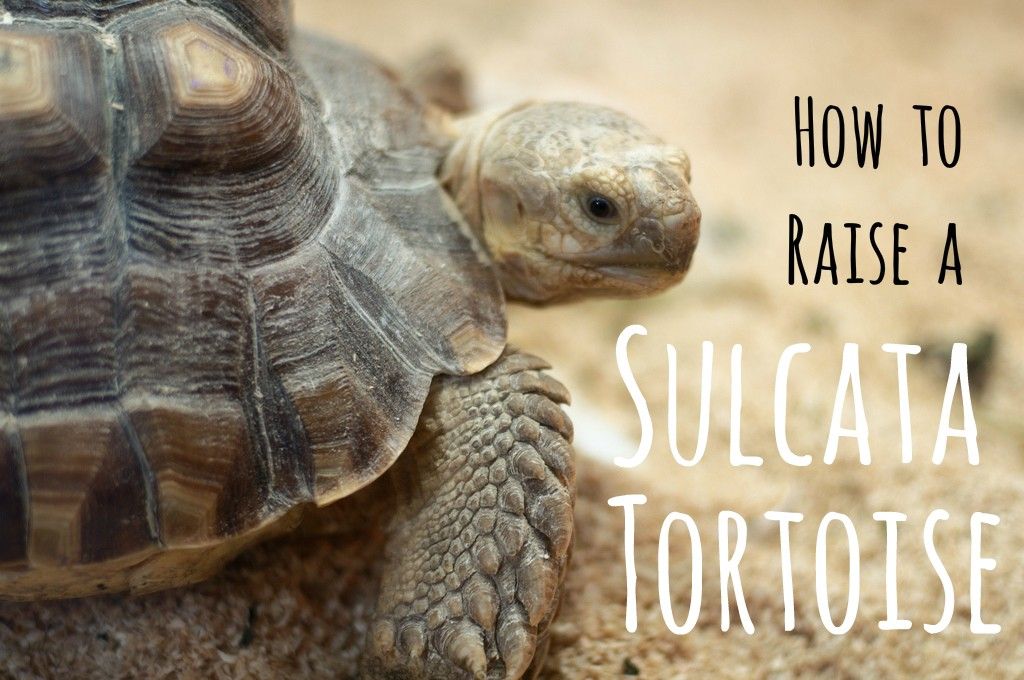
Some good vegetables:
- Softened carrots, sweet potato, pumpkin, squash or green beans.
In order to feed a turtle, first wash your hands with warm water. Do not use any soap.
It is important that you drop the food directly in the water (unless you have a box turtle). Turtles must eat while they are in the water to help with digestion. If you feed your turtle while they are on land, they risk the chance of choking or other digestion issues.
How Much Should I Feed A Baby Turtle?When it comes to baby turtles, I would recommend that you simply follow the empty-head rule, just as with young and mature adults.
This is where that plastic bag can come in hand again.
The only difference this time is that you will be feeding them pellets or protein sources every day, instead of every other or every third day.
With baby turtles, it can be quite easy to overfeed them, so I would err on the side of caution, and be quite strict with the amount of pellets that you feed them.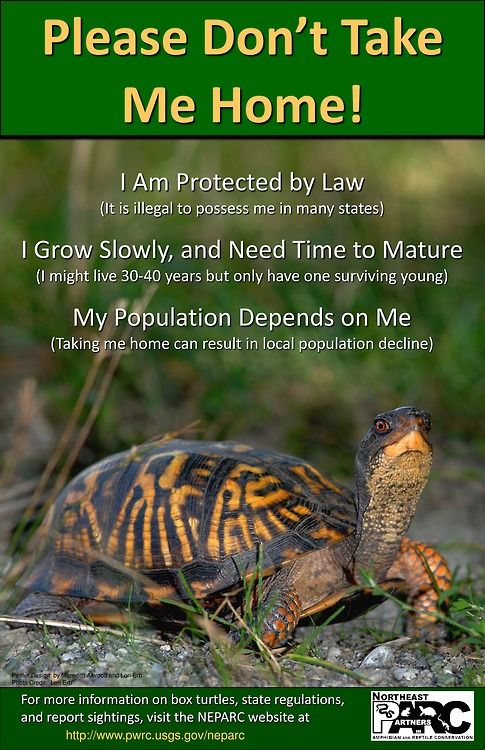
The best times of the day for feedings are usually during mornings and afternoons. When it comes to buying food, check out why I buy my turtle food on Chewy.
How Often Do Turtles Eat?
In the wild, a turtle usually eats everyday. However, this is not always the case since it can sometimes be hard to find a food source in the wild. Therefore, a turtle usually eats as much as they can when they find food so that they will still have enough nutrients if they don’t find food the next day. A pet turtle should eat once a day in order to get the proper amount of nutrients and vitamins.
Can You Overfeed A Turtle?Watch out!
Don’t make the same mistake that I did.
Every knowledgeable turtle owner and enthusiast out there would agree that overfeeding is one of the worst things you can do to a turtle.
Always err on the side of caution, underfeeding a turtle is much more preferable to overfeeding them.
In nature, it’s nigh impossible for a turtle to overfeed, as they are slow and aren’t able to easily catch high-protein sources of food such as fast-swimming fish and shrimp.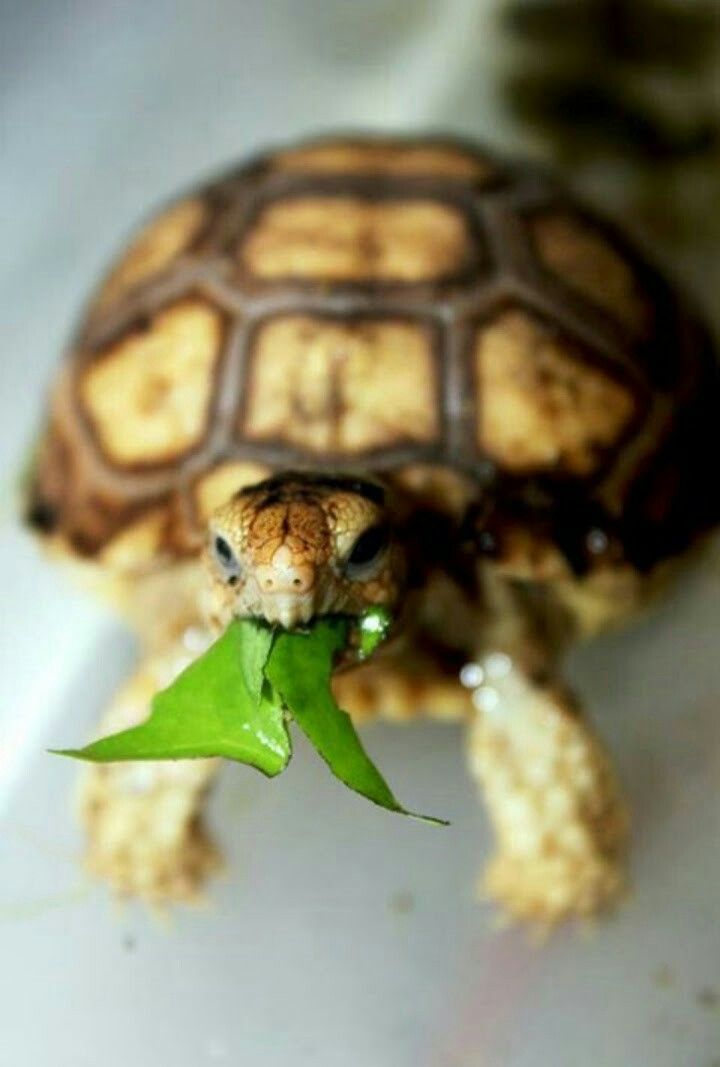
In the care of an unknowing turtle owner who believes their turtle seemingly has a bottomless pit of a stomach however, it is quite easy!
Overfeeding can lead to 2 big health problems:
- Obesity (yes turtles can get fat!).
- Turtle shell pyramiding.
Pyramiding is the one you want to avoid because it is irreversible.
Pyramiding happens when a turtle’s shell starts to grow too fast. The scutes can stretch out and separate, and start to look like sharp “pyramids”.
The same condition is also common in pet tortoises (tortoise shell pyramiding).
If you suspect that you are overfeeding your turtle, we recommend immediately reducing the amount of daily food by 25%. Additionally, you should try switching full meals with small treats. One great option is floating treats, which force your turtle to swim to the top in order to eat it.
How to Tell If You Are Overfeeding Your Turtle- There are folds of fat that develop around their legs even when their legs are not retracted.

- Noticeable folds of fat that develop around their legs when retracted.
- Their scutes are widely-separated (the lines that separate the scutes will become larger and larger).
- If the edges of their shell start to turn upward.
I would pay close attention to that last one, as that’s the one that starts to develop first.
If you notice the edges of your turtle’s shell start to turn upward, it’s a sign that you should probably be feeding them less food.
If you have a snapping turtle, you should check out what do you feed a snapping turtle?
Summary- Feed as many pellets as can fit inside their empty head.
- Give slightly more (or less) mealworms, feeder fish, shrimp, and vegetables, as can fit inside their empty head.
- Offer them as many leafy greens as they will regularly eat.
- Dillon
- Guides
How Often Do You Feed Pet Turtles?
By Elle Di Jenseni Hemera Technologies/AbleStock.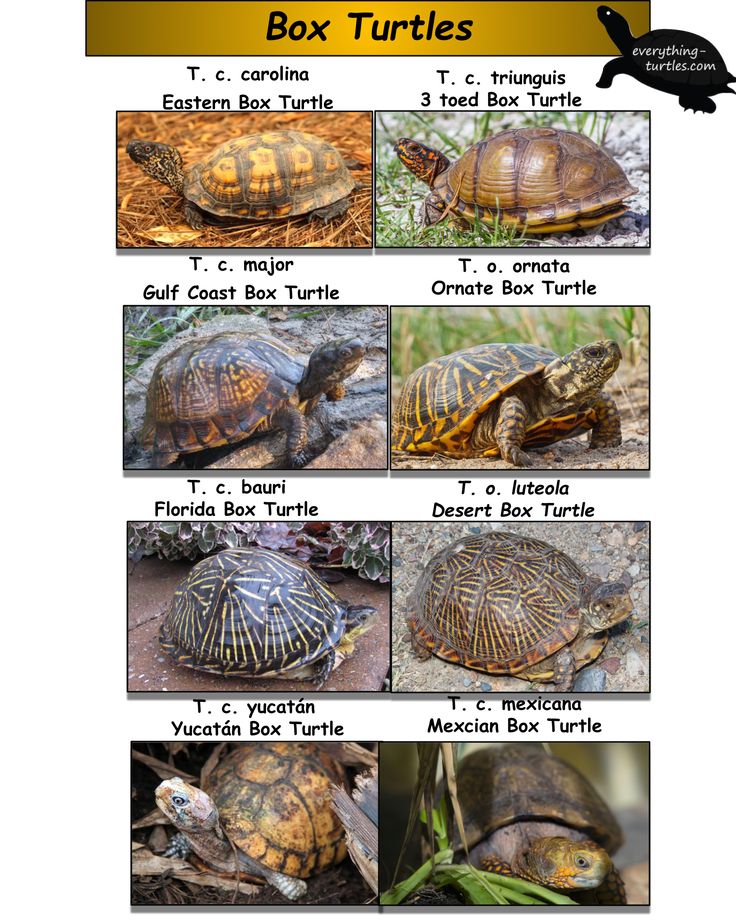 com/Getty Images
com/Getty Images
When you're used to living with dogs and cats, getting a pet turtle means adjusting to a new routine. Turtles need a different kind of attention when it comes to housing them, keeping them clean and feeding them. Turtles don't typically need to be fed daily, but their feeding requirements vary depending on things like age and season.
Youngsters
Juvenile turtles are the ones who need the most frequent feeding. They need vitamin and calcium supplements about three times a week and should be fed every day. They're typically the most active during mornings and afternoons, so those are good times to feed your turtle. Turtles aren't considered adults before 7 years of age, but if your otherwise healthy turtle who is over 3 years old starts eating less or not at all every few days, it could be a sign that he is mature enough to reduce his feedings. Before cutting back though, talk to your vet. Always consult an experienced veterinarian regarding the health and treatment of your pet.
Adults
Mature pet turtles only need to be fed every other day or even only every third day. Remove any uneaten food from your turtle's habitat after 20 minutes, unless it is live like fish, crickets or earthworms. Fruits, vegetables and mice or fish that aren't live will decay, causing an unpleasant odor as well as creating a less than healthy environment for your turtle.
Hibernation
If you've got a box turtle, he'll have hibernating instincts to sleep through the winter. Since he'll be dormant from fall to spring, feedings won't be necessary. You should stop feeding your box turtle in the fall, but still provide him with ample water so he can continue to bathe and his little system can process and eliminate the food he's already eaten before he goes to sleep. Hibernation is optional though. If you don't want your turtle going through it, make sure he gets 10 to 12 hours of light every day -- either natural sunlight or from full-spectrum lights mounted above his habitat.
Turtle Diet
Turtles are typically omnivorous and should eat a variety of foods every day. Box turtles and sliders both need protein from food sources like bugs and fish. High quality canned dog or puppy food is a convenient way to give your turtle the protein he needs, but only feed him a small amount and don't make it the exclusive source of protein. Turtles also like leafy greens (although you should avoid feeding yours spinach), as well as fresh fruits and vegetables like berries, apples, carrots and broccoli. Always balance your turtle's diet. He might be inclined to eat only sweet, tasty fruit, but fruit doesn't have the minerals he requires, so always offer him a variety and mix his food together to encourage him to eat everything you give him.
References
- ReptileChannel.com: The Spotted Turtles
- HealthyPet.com: Box Turtle Care
- Turtles and Tortoises for Dummies; Liz Palika
- Adopting a Pet for Dummies; Eve Adamson
- Turtles and Tortoises; Richard D.
 Bartlett et al.
Bartlett et al. - Exotic Pet Vet: Nutrition of Turtles and Tortoises
- Box Turtles; Lynn M. Stone
Photo Credits
Writer Bio
Elle Di Jensen has been a writer and editor since 1990. She began working in the fitness industry in 1987, and her experience includes editing and publishing a workout manual. She has an extended family of pets, including special needs animals. Jensen attended Idaho and Boise State Universities. Her work has appeared in various print and online publications.
How often to feed turtles? | Tail News
Contents
one What time to feed the turtle? 2 How much food to feed a turtle?
1 minute
estimated reading time
Feeding frequency is one of the foundations of a healthy diet. But if you search the Internet for how often you should feed your turtle, the information will vary from source to source. What is it connected with? And how many times a day should you feed a turtle?
But if you search the Internet for how often you should feed your turtle, the information will vary from source to source. What is it connected with? And how many times a day should you feed a turtle?
Controversy over the frequency of feeding reptiles is not uncommon. And all because there is no single answer to this question.
The frequency of feeding is individual for each pet.
However, there are approximate rules that should be followed. They are valid for both land and aquatic turtles.
What time to feed the turtle?
It is best to feed turtles in the morning, but after the animal has warmed up. The choice of time is due to the fact that turtles lead a predominantly diurnal lifestyle and food is better absorbed before evening. In the evening and at night, when the lamps are turned off in the aquaterrarium, the temperature drops and the reptile's metabolic rate decreases.
If you feed your pet at night, there is a high risk that digestion will fail. This is especially true of land and some aquatic species of turtles, such as marsh and red-eared.
Other reptiles can take food with the same benefit around the clock.
It is advisable to give your pet food at the same time. Compliance with the regimen promotes proper digestion and makes it easier to maintain cleanliness in the aquarium.
Turtles get used to the feeding schedule. This is one of the few available ways to communicate with them.
How much food to feed a turtle?
The ideal portion size is the one that a turtle can handle in half an hour. If food remains after this time, it must be removed. This will help prevent contamination of the terrarium.
If the turtle eats all the food within a few minutes and then continues to search for food, the number of feedings or servings should be increased.
If the turtle, on the contrary, can not cope with the food, you need to either reduce the portion, or feed the pet less often.
Observe the behavior of your pets and study their needs. Very soon you will understand how often and in what quantities you need to feed your turtle.
Other related articles
Is it possible to feed a turtle gammarus?
How useful amphipods are for aquatic turtles?
Turtle shell diseases: clinical manifestations
Did you know that the condition of the shell is a reflection of the health of the turtle?
How to feed turtles?
To better understand how to build a turtle's diet, let's remember what these animals eat in nature. The diet of turtles shapes the area in which they live.
What and how much to feed turtles at home
L:.1 -->
As we said in the previous article, turtles require special attention and proper care. We have already discussed the arrangement of the terrarium and the aquaterrarium, and today we will talk about the nutrition of turtles. What should be on your pet's menu to make the turtle feel good? Let's figure it out together.
Diet of herbivorous turtles
Quite a large group of turtles are herbivores. These are all land turtles, as well as such breeds as: Mediterranean, Central Asian flat, radiant, Greek and others.
Of course, plant foods should prevail in the diet of such pets. Turtles will be happy to eat unsweetened vegetables and fruits, plants, berries.
80% of the diet may consist of lettuce, leaves and edible flowers. Offer your pet: clover, plantain, dandelions, alfalfa, lettuce, cucumbers, pumpkin, zucchini, apples.
Ready-made feeds are now on sale, which include all the necessary nutrients and trace elements. You can buy food for turtles at any Zoo Gallery store.
Omnivorous turtles
This type of turtle includes aquatic, semi-aquatic, as well as individual subspecies of land reptiles, for example: marsh, spiny, red-eared, red-footed. For these pets, it is necessary to draw up a balanced menu, which will include both plant and animal food in equal proportions.
These can be: algae, plants, vegetables, salads, fruits, chicken meat.
Predatory turtles
The diet of these pets consists of 90% meat. Trionyx turtles, aquatic and young red-eared turtles, as well as marsh turtles, belong to this species.
These pets should be offered lean fish, beef, chicken, and fish liver. Adults can eat large pieces, it is better for young turtles to cut the meal into smaller pieces.
Seafood turtles eat raw, the fish also does not need to be processed thermally.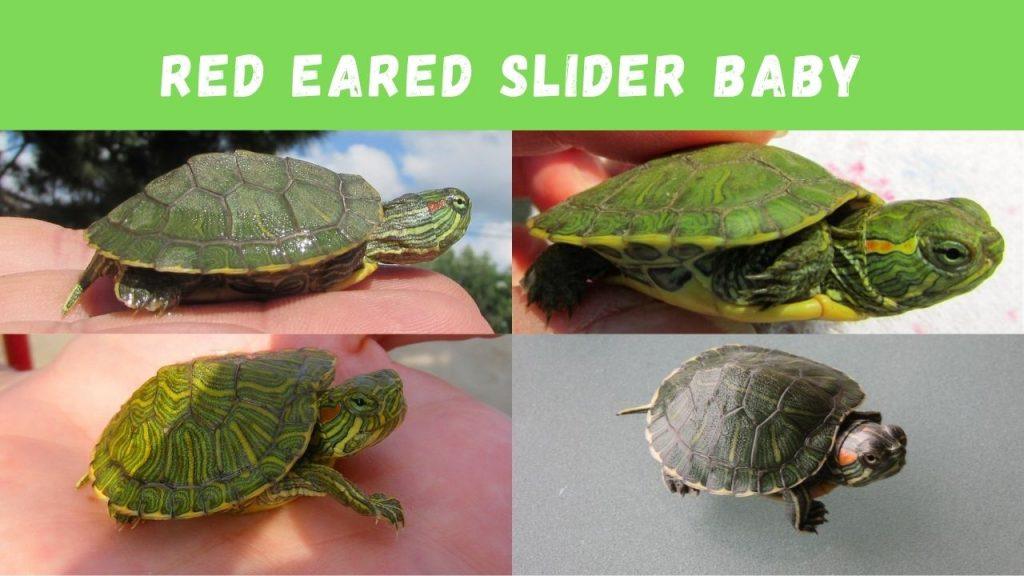
Pork, beef, sausage, minced sausage, cheeses, bread, fruits and oily fish are prohibited for predatory turtles. It is best to feed with ready-made dry food.
How often should turtles be fed
Another question that often worries tortilla lovers is how many times a day to feed a turtle. Regardless of the type of your pet, you need to feed the turtle twice a day, at the same time. Decide when it's best for you to feed your turtle in the morning and evening, and stick to that schedule.
Common Turtle Diet Mistakes
It is very important for beginner turtle owners to make sure their pet's diet is correct. After all, the correct composition of nutrients is necessary for the animal to form a strong shell, as well as growth and activity. It is very important for the tortilla body to get calcium and vitamins.
From prohibited foods: eggs, bread and milk, as well as beans, peas, white cabbage.



